|
previous topic :: next topic |
| Author |
Message |
Blue

Since 03 Jul 2007
469 Posts
I used to be
Obsessed
|
 Tue Jun 16, 09 8:03 pm clove hitch knot for kiting self rescue Tue Jun 16, 09 8:03 pm clove hitch knot for kiting self rescue |
 |
|
The images are self explanatory, the method is simple and safe.
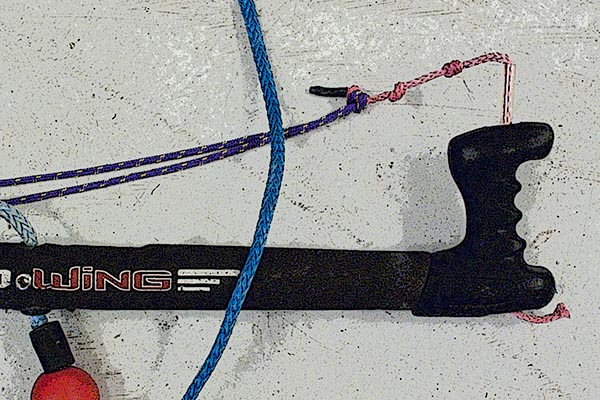 |
| Line over the bar |
09A_IMG_1697.jpg |
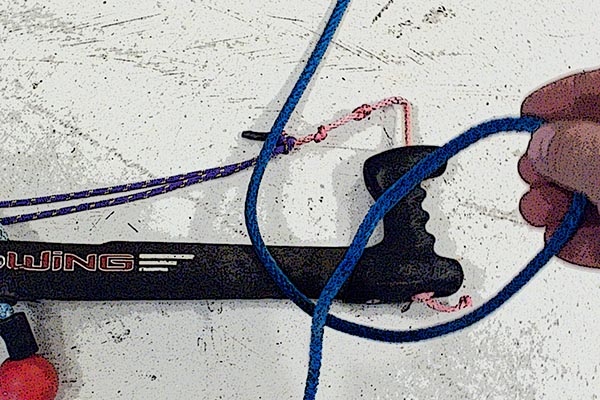 |
| Form first half hitch |
09A_img_1699.jpg |
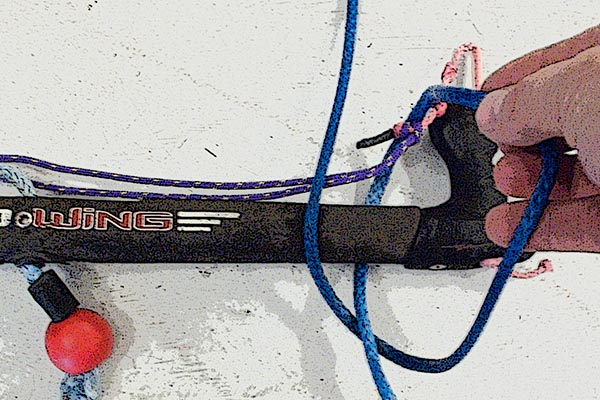 |
| Slip it on the bar |
09A_img_1700.jpg |
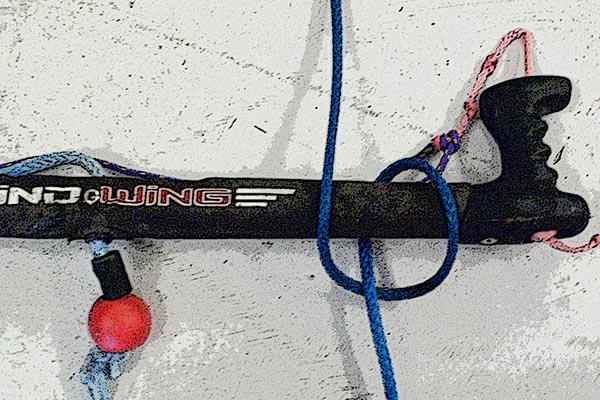 |
| Tighten |
09A_img_1701.jpg |
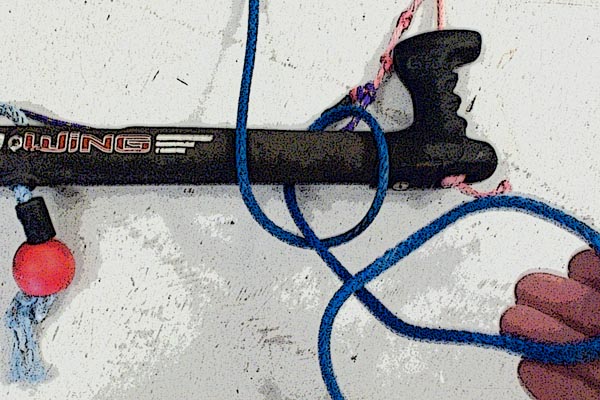 |
| Form second half hitch in the same direction as first |
09A_img_1702.jpg |
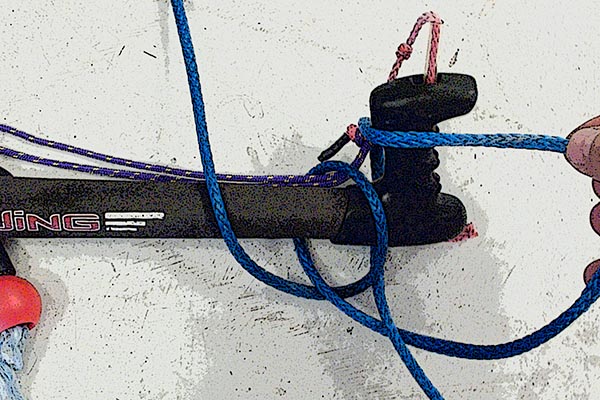 |
| Slip it on the bar |
09A_img_1703.jpg |
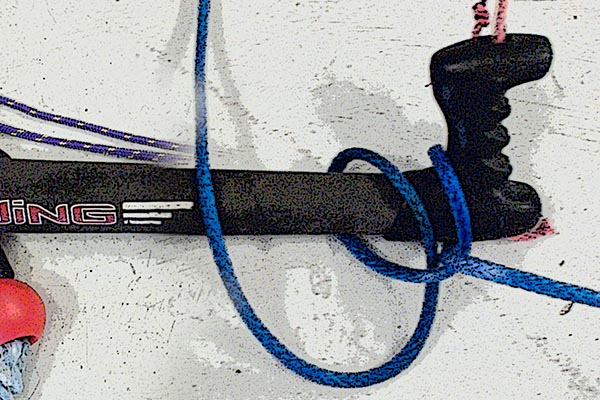 |
| Done |
09A_img_1704.jpg |
_________________
just wear sunscreen |
|
|
Blue

Since 03 Jul 2007
469 Posts
I used to be
Obsessed
|
 Tue Jun 16, 09 8:07 pm Tue Jun 16, 09 8:07 pm |
 |
|
For the real rescue I actually put a few wraps around a bar before doing a knot. That holds line firm enough for doing the knot with very little tension to hold with your fingers. It would look like that.
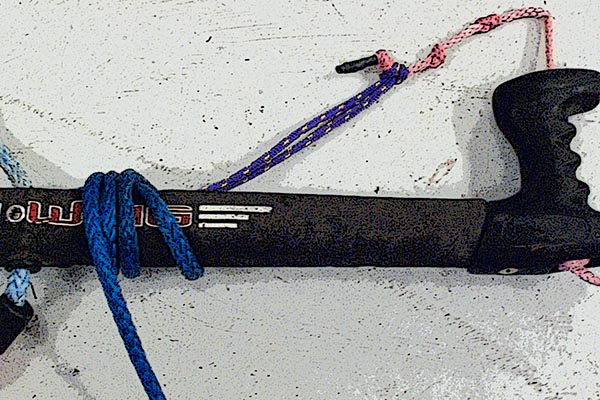 |
| Wrap around |
09A_img_1705.jpg |
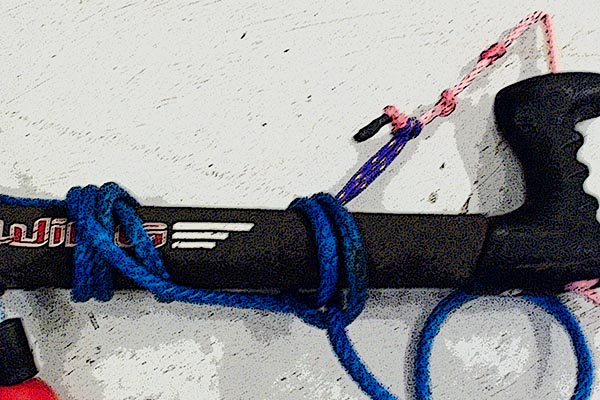 |
| Done |
09A_img_1707.jpg |
_________________
just wear sunscreen |
|
|
MasViento

Since 03 Mar 2009
235 Posts
97031
Stoked
|
 Tue Jun 16, 09 8:12 pm Self Explanatory ?? Tue Jun 16, 09 8:12 pm Self Explanatory ?? |
 |
|
Pardon my ignorance but how does this help me dial my iPhone from the middle of the shipping channel boardless as a barge bears down on my ass ? 
_________________
Not all who wander are lost.
http://juxtapixel.photoshelter.com/gallery-list |
|
|
Blue

Since 03 Jul 2007
469 Posts
I used to be
Obsessed
|
 Tue Jun 16, 09 8:51 pm Re: Self Explanatory ?? Tue Jun 16, 09 8:51 pm Re: Self Explanatory ?? |
 |
|
| MasViento wrote: | Pardon my ignorance but how does this help me dial my iPhone from the middle of the shipping channel boardless as a barge bears down on my ass ?  |
LOL For that you might need your blue balls.
This is method is a follow up to the nice writeup Kitezilla did on kiteforum, and mentioned in that other thread just recently.
_________________
just wear sunscreen |
|
|
kitezilla

Since 22 Jun 2006
453 Posts
gorge
Obsessed
|
 Wed Jun 17, 09 9:14 am Wed Jun 17, 09 9:14 am |
 |
|
Here is a copy a post on the Kiteforum thread, where the poster made the same observation concerning the use of a clove hitch, tied in a conventional manner...followed by my response, concerning the potential difficulties that a kiter might run into during the self rescue procedure. I illustrated the tying of the half-hitch, using pictures of a single rope...just for ease of illustration...but the problems involved in tying a bundle of 4 or 5 lines, and controlling all of these lines, during the procedure, were a big part of why I suggested using the technique I presented. For a single, non-tensioned line, the procedure you nicely illustrated is the one I would also use.
pdxmonkeyboy wrote:
It may be easier to tie a clove hitch in such a case, works almost the same as a half hitch. Here is how you tie it (no pics).
Make two loops using the same motion.
Put the second loop under the first loop. Your now holding the base of the two loops with your thumb and forefinger.
slide over bar... done.
If the line goes tight, the loops are just ripped out of your hand, your hand is not inside any of the loops like you are showing, your just pinching the base of the loops between your thumb and forefinger.
Also a handy now to tie off boats to posts or anything else really that you can slip the loops over.
..........................................................................
pdxmonkeyboy,
You make a good point that the easiest way to achieve tying of 2 half-hitchs is to just tie a clove hitch, the standard knot used to tie up boats to a pier or a horse to a hitching post. The knot I illustrated above is one half of a clove hitch, and indeed, I almost always tie two of the above knots and end up essentially with a clove hitch.
I love the clove hitch, and use it all the time, for all sorts of applications, and usually tie it in the exact way you described in your post. When I started practicing self-rescue procedures, I used that method, but eventually rejected it due to one factor which is always present in self-rescues. The fact is that ONE line is always under pressure, to a varying extent, dependent on the vagaries of the wind gusts acting on the kite. This one line can be a front line or back line, depending on the safety system of the set-up. The tension on this ONE line makes it very difficult or impossible to keep the size of the two loops that are thrown on top of each other...equal and open. To illustrate this point, lets say you have a 5 line kite. That means that the two loops that you form, will stack-up a total of 20 lines to be held in preparation for slipping the two loops of the clove hitch over the end of the bar. This means that you will have to successfully pinch 20 lines between your finger and thumb, while all the time the one tensioned line is pulling and constricting two of the single string loops present in the bundle of string. It is hard enough to accurately hold the 20 windings of the strings together, let alone putting enough pressure on the stack of strings to keep the two tensioned single string loops from constricting, and fouling up the other strings. The kiter will be tempted to solve this awkwardness by firmly grasping the bundle of loops, and thereby insert enough of his hand into the mess of coils to get a good firm grip. This makes the kiter's hand more liable to get "purse-stringed" or "garroted" and trapped, between the end of the bar and the loops of the lines,when a rogue gust hits the kite and greatly tensions the one line, during the procedure. This concern is not much of a worry, when the wind is low or non existent, but is a big worry under more sever conditions.
This is the reason that over the years, I have rejected the clove hitch, and that my knot tying technique has evolved into the procedure that I described above. Once you practice this technique enough to make it habitual, I think that you may find that performing this technique is quicker and smoother than the coiling procedure that is needed to tie a clove hitch. Give it a try and let me know what you think.
|
|
|
Gman

Since 11 Feb 2006
4911 Posts
Portland
Unstrapped
|
 Wed Jun 17, 09 10:04 am Wed Jun 17, 09 10:04 am |
 |
|
tried to follow - but why are we doing this again?
I almost always leave the bar and lines - grab outside line - swim to kite and swim it in - in surf depends on a few factors usually focused on where I am with respect to impact zone - if its overhead, pretty easy to destroy a kite if you don't cut it loose
If i'm getting picked up by boat or ski - wind lines to kite - toss bar on kite
_________________
Go Deep!
https://m.youtube.com/watch?v=eu2pBpQolKE |
|
|
Sella

Since 21 Apr 2007
1794 Posts
Doin' The Dalles
FLY'IN HIGH PIE GUY
|
 Wed Jun 17, 09 10:48 am Wed Jun 17, 09 10:48 am |
 |
|
| Gman wrote: | tried to follow - but why are we doing this again?
I almost always leave the bar and lines - grab outside line - swim to kite and swim it in - in surf depends on a few factors usually focused on where I am with respect to impact zone - if its overhead, pretty easy to destroy a kite if you don't cut it loose
If i'm getting picked up by boat or ski - wind lines to kite - toss bar on kite |
   
Last weekend bridle wrapped around kite looping 5-6 times so instead of relaunching and ripping in half I unhooked, swam the outside line, flipped kite, wrapped lines on bar and grabbed tips to self rescue in. It worked pretty good and time in water was not bad.
|
|
|
pdxmonkeyboy

Since 16 May 2006
6081 Posts
forever labled as the
retired kiter & motorhead Unicorn Master
|
 Wed Jun 17, 09 10:52 am Wed Jun 17, 09 10:52 am |
 |
|
| If things get really sketchy, you can always put a clove hitch around your neck. This makes for easy body retrieval..and your friends can argue who gets your gear after the funeral.
|
|
|
Blue

Since 03 Jul 2007
469 Posts
I used to be
Obsessed
|
 Wed Jun 17, 09 10:53 am Wed Jun 17, 09 10:53 am |
 |
|
We are talking about front line of flagged kite, it always going to be some tension on the line, right?
The point is the method by pdxmb you cited requires two hands. My method requires only one hand. And it can be tied with the tension on the line, especially if you wrap line around the bar two or three times before you start the knot. The knot is the same, the method is different.
I guess this is getting to much of a hair splitting for some. I don’t want to go into the entire thing should or shouldn’t you wrap the lines. If you chose to wrap lines, and have problem with putting your heand in a half hitch knot, like described by Kitezilla, then my method presents an alternative. That's all.
|
|
|
|











